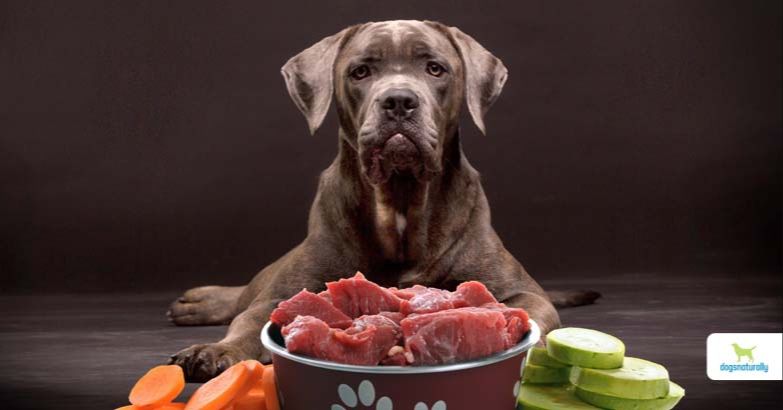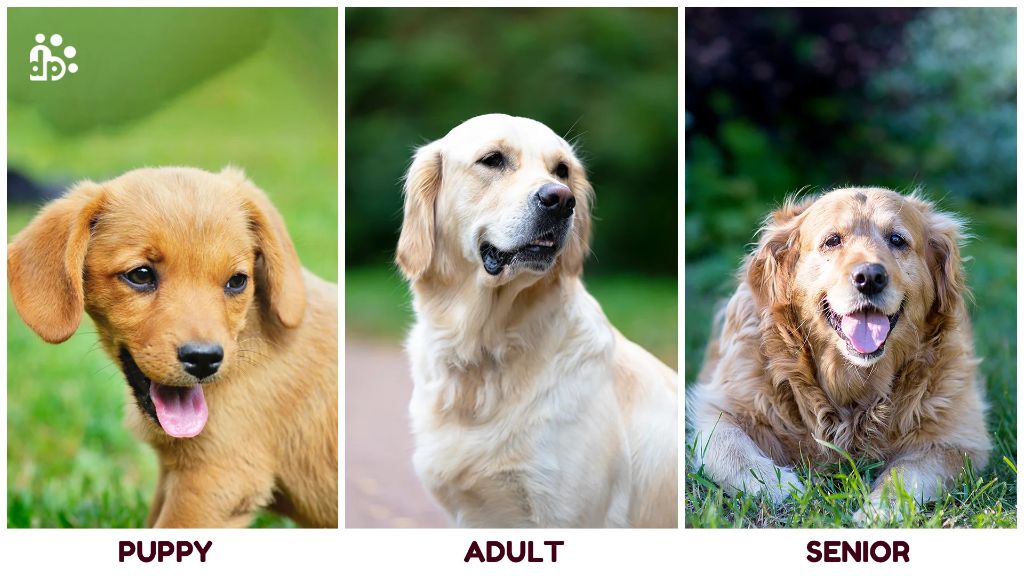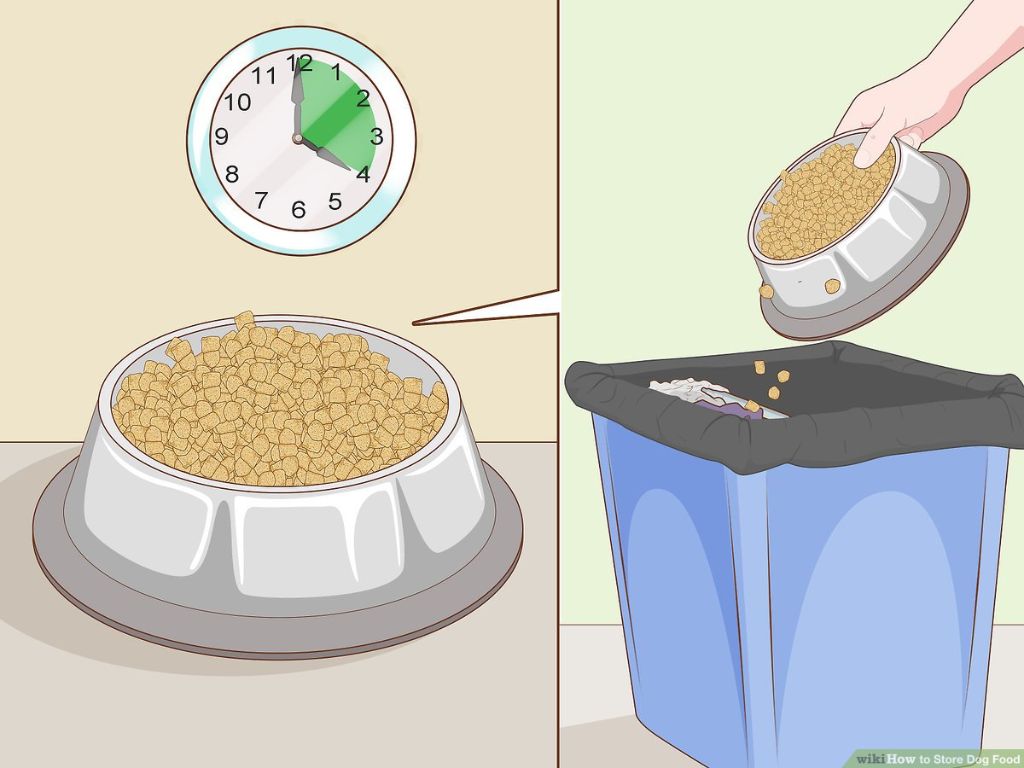Introduction
Dog food clearly has an expiration date printed on the packaging, indicating the date after which the food should no longer be considered fresh or safe to feed to dogs. But what exactly causes dog food to expire and become potentially dangerous? Expired dog food refers to dry or wet/canned food that has surpassed the manufacturer’s recommended usage date.
Feeding expired dog food can pose serious health risks. As food breaks down over time, it provides less nutritional value. More dangerously, spoiled foods can contain harmful bacteria like salmonella and mold toxins that can make dogs sick. In severe cases, eating expired food may even be fatal. While most dogs will show only minor symptoms from eating expired food, some dogs are more susceptible to illness and death. Understanding what changes occur in expired dog food helps assess the true dangers.
What Defines Expired Dog Food
Dog food that has passed its expiration date should be considered expired and potentially unsafe. The expiration date is set by the manufacturer to indicate the date up through which the food maintains its intended nutritional value, texture, smell, and taste. After that date, the food may start to degrade in quality.
Signs that dog food has expired include:
- An expiration date that has passed
- Changes in the food’s texture, such as increased dryness or moisture
- A rancid or sour smell, versus the food’s normal aroma
- Mold or bug infestation
- Nutritional deficiencies due to nutrient degradation over time

Dog food can expire before or after the package is opened. Dry food usually lasts 6-12 months after opening, while canned food lasts around 1-2 weeks after opening. Any changes in smell, texture, or appearance after opening likely signal the food is past its prime.
Trusting your senses along with the expiration date is the best way to determine if your dog’s food is expired. When in doubt, it’s best to discard it and purchase a fresh supply.
Nutritional Changes
Dog food, like any food product, is perishable and will degrade over time. The main concern with feeding expired dog food is a loss of nutrients. As the food ages past its expiration or “best by” date, the fats and proteins start to oxidize and break down 1. Fatty acids like omega-3s are especially prone to oxidation, which causes them to become rancid. This leads to a loss of nutritional quality, as important fatty acids, vitamins, and other nutrients degrade over time 2.
Feeding rancid and oxidized dog food can mean your dog is not getting adequate nutrition from their diet. Key nutrients like vitamin C, B vitamins, and omega-3 fatty acids will be diminished in expired food. Over time, these nutritional deficiencies can lead to a weakened immune system, poor skin and coat health, digestive upset, and more. The longer dog food sits past its expiration date, the fewer nutrients it will provide for your dog.
Foodborne Pathogens
Expired dog food can contain harmful bacteria like Salmonella, Listeria, E. coli, and Clostridium botulinum, which can multiply rapidly in the moist environment of wet dog food. Bacteria levels can increase to dangerous amounts long before the food smells spoiled. Consuming contaminated food can cause severe vomiting, diarrhea, dehydration, sepsis and even death in dogs [1].

Mold growth is another potential hazard, producing mycotoxins that damage the liver, kidneys and central nervous system. The risks are highest with wet canned food or homemade food stored in the refrigerator past its prime. Dry kibble is less prone to bacteria overgrowth but can still become contaminated. Proper food handling and storage are crucial to prevent life-threatening illnesses in pets.
Gastrointestinal Effects
Consuming expired dog food can lead to gastrointestinal issues like vomiting, diarrhea, and dehydration in dogs. These effects occur because bacteria and molds grow in spoiled dog food, producing toxins that irritate the digestive tract (https://www.thesprucepets.com/does-dog-food-expire-4797904).
Vomiting may happen within hours of a dog eating rancid dog food. The vomiting can be infrequent or severe depending on the amount eaten and the individual dog. Diarrhea often accompanies vomiting as the dog’s body tries to quickly expel the irritants and toxins from spoiled food.
The vomiting and diarrhea can quickly lead to dehydration, especially in puppies, smaller dogs, and senior dogs. Dehydration occurs when the dog loses more fluids and electrolytes than it takes in. The dog may become lethargic, have dry gums and skin, and produce little urine. Dehydration can become life-threatening if not treated by a veterinarian with fluid therapy (https://my.iams.asia/dog/dog-articles/expired-dog-food).
Organ Damage
Eating expired dog food can potentially cause damage to major organs like the liver, kidneys, and pancreas. According to IAMS, toxins from spoiled ingredients in expired food can overwhelm the liver’s ability to filter them out, leading to liver disease or failure over time. The kidneys can also be affected, as they work to eliminate waste products and toxins from the blood. Consuming expired dog food puts extra strain on the kidneys, increasing the risk of kidney disease. Finally, the pancreas may be impacted as well. Ingesting spoiled fats and proteins forces the pancreas to go into overdrive producing digestive enzymes, which can cause inflammation and potentially pancreatitis.
One study cited by Whole Dog Journal found that dogs fed expired dry food for just 3 months developed significant organ damage, including to the liver, kidneys, and pancreas. The damage was serious enough to be life-threatening in some cases. This demonstrates how dangerous it can be to feed a dog food that is past its expiration, even for a relatively short period of time. Dog owners should be vigilant about properly storing and rotating dog food, and discarding any that is expired, to protect their pet’s vital organs.
Toxicity
One of the main dangers of feeding expired dog food is toxicity. As the fats in dog food start to spoil, they can produce dangerous compounds called peroxides and free radicals. Peroxides damage cells, proteins and DNA. Free radicals cause oxidative stress which can lead to inflammation and disease.
Expired dog food may also contain mycotoxins produced by mold. Mycotoxins are extremely toxic substances made by fungi like Aspergillus, Penicillium and Fusarium. They have been associated with liver damage, cancer, vomiting, diarrhea and even death in dogs. The risk of mycotoxin exposure rises as dog food passes its expiration date and mold growth increases.1
The longer dog food sits past its expiration date, the higher the levels of peroxides, free radicals and mycotoxins may be. Consuming expired food on a regular basis can lead to cumulative toxicity resulting in chronic disease over time. Acute toxicity is also possible if the food is severely spoiled, contaminated or moldy.
Risk Factors
Certain dogs may be more susceptible to illness from consuming expired dog food. According to research, risk factors include:https://my.iams.asia/dog/dog-articles/expired-dog-food

Age: Puppies and senior dogs with weaker immune systems are more vulnerable to foodborne pathogens and toxicity.
Health Status: Dogs with conditions like diabetes, cancer, kidney disease, liver disease, or gastrointestinal issues are at higher risk of complications.
Type of Food: Wet dog food tends to expire more quickly than dry kibble. Meat-based and fish-based foods also spoil faster. Low-quality dog foods with many additives and preservatives may lead to more GI issues when expired.
Prevention
Properly storing dog food is essential to prevent it from expiring prematurely. Here are some tips for proper dog food storage:
Check the expiration or “best by” date on the dog food bag or can before purchasing it. Select the product with the latest expiration date. According to the FDA, expiration dates are an indication of peak freshness, not necessarily spoilage.1
Store dry dog food in a cool, dry place ideally between 60-75°F. Temperature fluctuations can impact the quality and freshness. Keep it off the floor and away from exterior walls that may experience temperature extremes.2
Keep dog food in its original bag tightly closed after opening. Transferring to a plastic container may seem convenient but exposes the food to more air. Press excess air out of the bag before sealing.
Wipe the rim of canned wet food before sealing and refrigerate after opening. Use an airtight container if transferring to the refrigerator. Canned food lasts 5-7 days refrigerated.3
Write the date opened on cans/bags for tracking. Follow the “best by” date for optimal quality and safety.
Buy dog food in portion sizes that will be consumed within the expiration timeframe. Large bags stay fresher longer but still have a limited shelf life after opening.
Rotate kibble stock using oldest first. Place newly purchased bags behind current open ones.
Avoid temperature fluctuations that can introduce moisture into bags. Don’t store dog food in garages or near appliances that give off heat.
Conclusion

In summary, while expired dog food may pose some health risks to dogs if consumed, it is unlikely to directly cause death in otherwise healthy animals. The main concerns with feeding expired dog food are reduced nutritional value, potential bacterial contamination, and gastrointestinal upset. Proper storage and handling of dog food, paying close attention to expiration dates, rotating stock, and discarding food that is past its prime can help prevent issues. Ultimately, expired dog food does not generally contain toxins or compounds that are immediately fatal if ingested. However, it may contribute to declining health and should be avoided when possible. Pet owners should monitor their dog’s condition closely if expired food was accidentally fed and contact their veterinarian if any concerning symptoms develop.